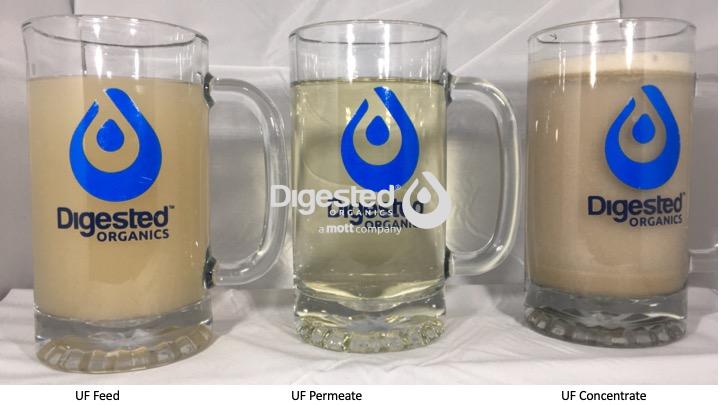



DIGESTED ORGANICS BREW ACCELERATOR FREE
The main objective of this chapter is the discussion of methods for food analysis by cw X-band EPR, including the observation of endogenous unpaired electronic spin species and the initiation and detection of free radicals in foods.įoods contain metal ions originated either from the raw starting materials or from contamination with metals from metallic containers or from contamination with metals during food processing. Valuable information is acquired for the mechanisms involved in these reactions by measuring the EPR signal vstime. In addition, time-resolved EPR can be used for the detection of short-lived radicals. The life of the short-lived radicals can also be extended by rapid freezing of the samples after their generation. However, for the detection of transient radicals, spin traps are employed in order to be measured by EPR spectroscopy. Stable organic radicals, such as tyrosyl and semiquinone radicals, can be detected directly by EPR. Several methods have been applied for the production of radicals in foods, including irradiation with microwave, UV, or γ-radiation, heating, and addition of oxidants. In order to perform such studies, acceleration of the radical production and degradation in food is needed. In addition to the analysis of the paramagnetic species in foods, EPR can be used for the evaluation of the food stability and shelf-life. Metal ions present in foods are able to catalyze oxidation of the food components by activating O 2 to produce reactive oxygen species (ROS). The formation of organic radicals in foods is an indication of food degradation occurring mainly due to oxidation reactions. ĮPR spectroscopy is a sensitive and versatile technique for analyzing molecules that contain unpaired electrons, such as paramagnetic metal ions and organic radicals. In the last few years, the applications of the magnetic resonance techniques, particularly nuclear magnetic resonance (NMR) and electron paramagnetic resonance (EPR), in food chemistry have enormously increased. For these purposes, different radical initiations and detections have been used in foods depending on both the chemistry of the target system and the kind of information required, listed in: the induction of radicals by (a) microwave, UV, or γ-radiation (b) heating (c) addition of metals and (d) use of oxidants. These methods aim for: (a) quantification of radical species, (b) exploration of redox chemical reaction mechanisms in foods, (c) assessment of the antioxidant capacity of food, and (d) food quality, stability, and food shelf life. Electron paramagnetic resonance spectroscopy (EPR), also known as electron spin resonance spectroscopy (ESR), is the primary technique toward the development of methods for the exploration of EPR-sensitive species, such as free radicals, reactive oxygen species (ROS), nitrogen reactive species (NRS), and C-centered radicals and metal ions. An overview of the different methodologies developed so far for the investigation of paramagnetic species in foods is presented.


 0 kommentar(er)
0 kommentar(er)
